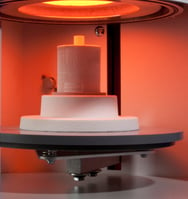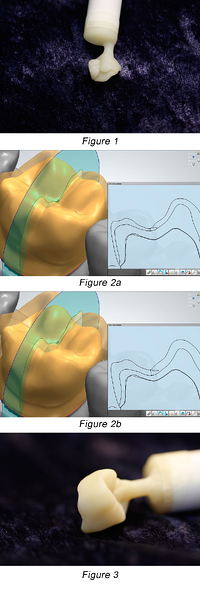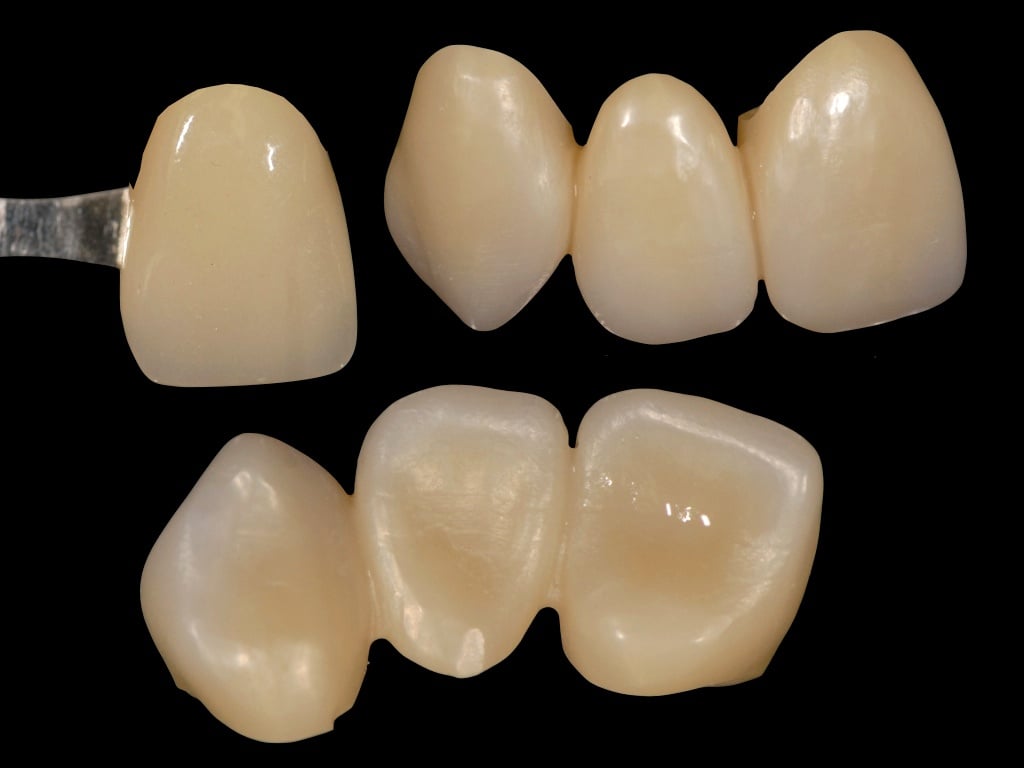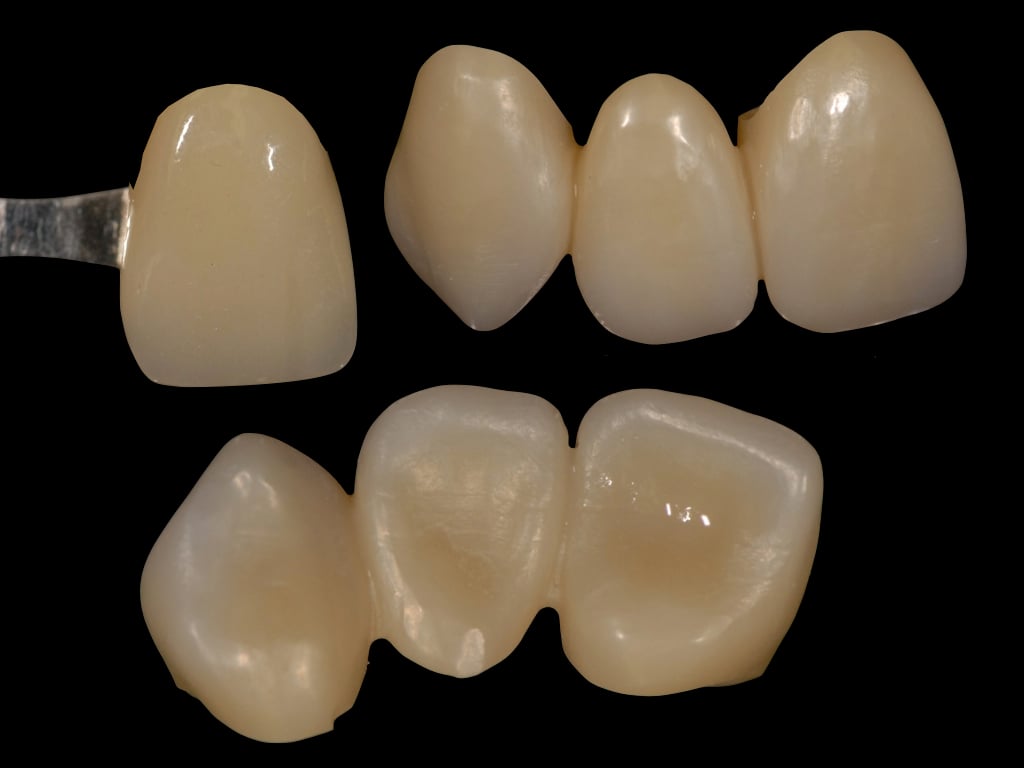 The esthetics and efficiency of milling wax patterns over zirconia copings have brought the efficiency and production of technicians to a new level in the ever changing world of the dental lab. The hands on time to complete a prosthesis is minimal. This makes this products profitability attractive to many dental laboratory owners.
The esthetics and efficiency of milling wax patterns over zirconia copings have brought the efficiency and production of technicians to a new level in the ever changing world of the dental lab. The hands on time to complete a prosthesis is minimal. This makes this products profitability attractive to many dental laboratory owners.
 The trick is to figure out what works with what. What techniques to use, what particular products to use and what equipment to purchase. The one constant is technicians still have to follow certain procedures and manufactures instructions to get predictable and reliable results. Specific principles need to be followed.
The trick is to figure out what works with what. What techniques to use, what particular products to use and what equipment to purchase. The one constant is technicians still have to follow certain procedures and manufactures instructions to get predictable and reliable results. Specific principles need to be followed.
When pressing, several things need to happen or be present for success, beginning with adequate energy in the ring. This translates to heat. This is critical for the pressed glass material to have the ability to fill the entire cavity. The variable now is that we have this foreign material in our mold that doesn’t absorb energy at the same rate as investment. If the glass cools as is comes into contact with insufficiently heated zirconia, no amount of pressure will fill the cavity (Figure 1). So the first procedure to this process is to burn out at the right temperature. Burnout pre-treats the mold to aid in transferring energy to the ingot so it can reach the correct viscosity to fill the mold. It pre-infuses the mold with the correct amount of energy needed for successful pressings.
There is another element to the equation of successful hybrid materials pressing. The software for designing copings and patterns will simultaneously design the coping to have more support or even thickness in combination with the wax pattern, depending on the default settings. In virtual design software, you have the option of controlling your coping wall thickness and the cutback from the wax pattern. If one is not mindful of these settings in the software, there is a possibility for winding up with a smaller space for the glass to flow through in the occlussal areas. (Figure 2a, 2b) This narrower glass flow space can be an issue if the correct viscosity of the glass is not met which could lead to an unsuccessful pressing.
The second procedure is to burnout for the recommended time. This allows the energy to be absorbed throughout the ring. All investments are not created equally. They have different densities and ingredients which dictate the amount of time for energy to be absorbed throughout the entire mold. And remember, we still have a foreign object in the mold that needs some energy. These two factors, time and temperature are vital for success.
The next item is pressing. The correct pressing parameters must be followed for success to occur. Most ovens move from an entry temperature to a temperature designed to bring the glass to the proper viscosity. In addition, once that temperature is reached, an additional heat soak time is occurring before pressing begins. Any of the previous factors discussed can have an effect on whether glass is successfully pressed and the mold is filled. (figure 3)
As you can see, there are numerous factors that can lead to success or failure of pressing to zirconia. Those days when we get busy as technicians, we try to modify our techniques. Sometimes this means cutting corners. We all do it. You just have to understand the principles so you know which ones you can cut and where you need to compensate.
Don't forget the basics, watch the webinar Phosphate Investments: Secrets of Success, just one of the numerous factors that lead to the success or failure of pressing!











Leave a comment